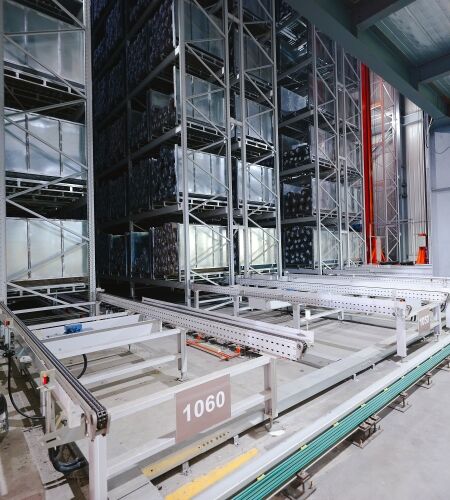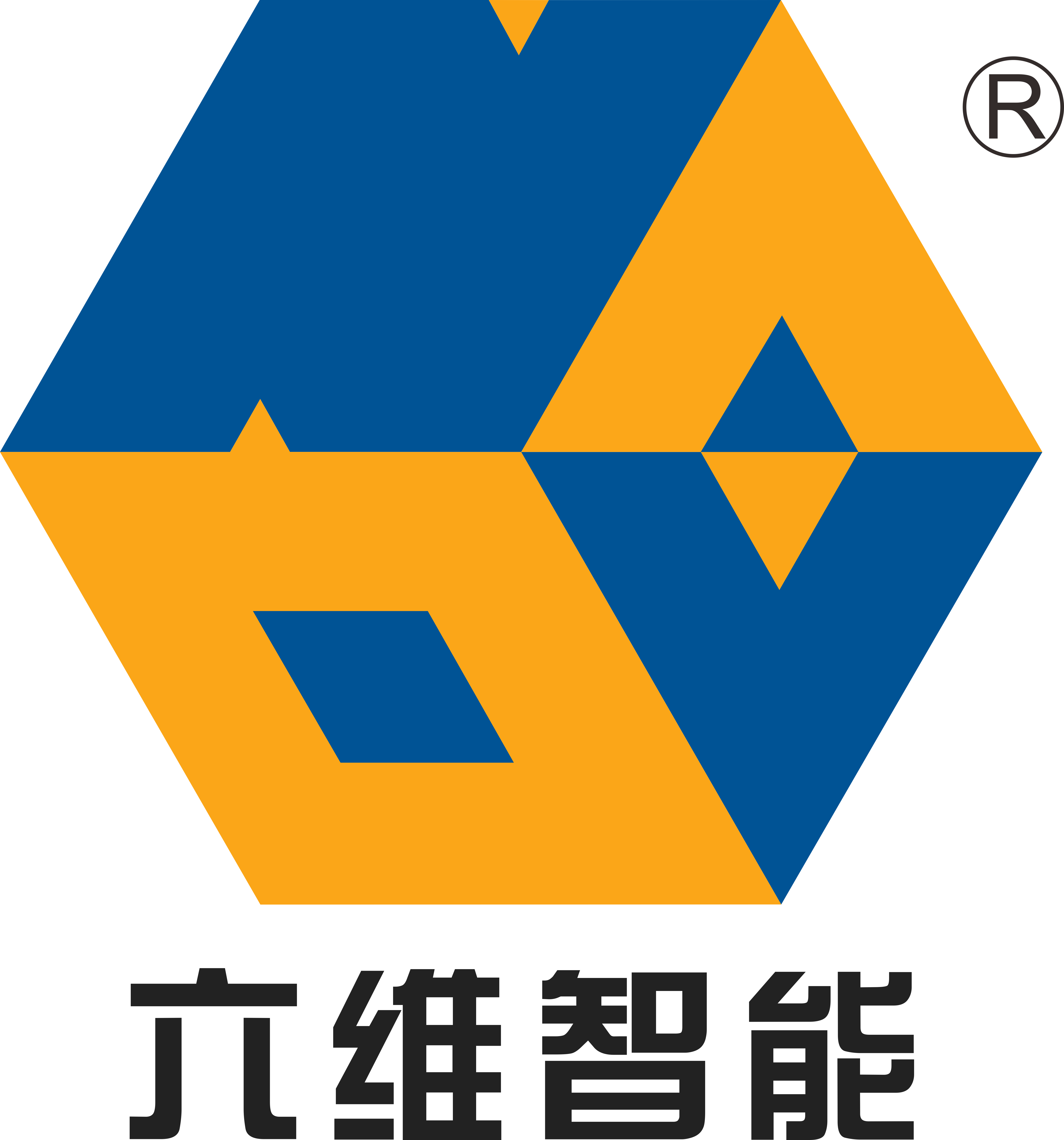Textile Industry Case
Textile Industry Case
The entire warehouse adopts a single-story building, in which the three-dimensional storage area is 20.5 meters high and uses 1500mm*1500mm Sichuan-shaped steel pallets for storage, with a single pallet load of 1000kg. The shelf storage area contains 3 lanes with a total of 2,310 cargo spaces and 3 automatic pallet stackers. The efficiency of outbound and inbound storage can reach 120 pallets/hour.
The right side of the first-floor three-dimensional warehouse is the front conveyor end of the warehouse. The front end of each row of shelves is equipped with a chain conveyor. The entrance and exit of the warehouse adopts automated material handling equipment (RGV). The intelligent dispatch of the entire warehouse is realized through the logistics management information system, so that the goods can be intelligently positioned in the warehouse, automatically stored and retrieved on demand, and unmanned operation mode can be realized. The civil engineering platform on the left is 16 meters high and docked with the three-dimensional warehouse. A steel platform is set at the docking point. The conveyor line is designed on the platform, and the warehouse is entered and exited manually. A display screen is set at the entrance and exit, and important information such as the batch number, location, type, and destination of the materials allocated at the current time can be seen at a glance.
In response to the needs of this project, the logistics management system-WMS is used as the management and scheduling software. The full name of the WMS software system is the warehouse management system. It is the data processing center and monitoring and scheduling core of the automated logistics system. It runs on a computer network system and database environment. It is divided into an information management system and a monitoring and scheduling system. It integrates with the customer's ERP system and information at the operation execution layer to achieve unified scheduling of logistics equipment and systems, unified management and use of materials, and completes two-way traceability and tracking of production logistics.
The integration of intelligent hardware equipment and software systems has enabled Longxiang Textile to achieve automated product warehousing and outbound operations, informatization of warehouse management, paperless accounting management, networking of data transmission, visualization of equipment monitoring, and remote system diagnosis, achieving a two-way improvement in labor efficiency and cost control.


